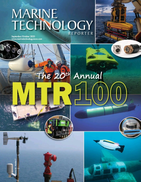Over 50 Species New to Science Found Along Salas y Gómez Ridge
An international team of scientists observed 160 species on the Salas y Gómez Ridge that had not yet been known to live in the region and suspect that at least 50 of these species are new to science. The observed species consists of squid, fish, corals, mollusks, sea stars, glass sponges, sea urchins, crabs, and squat lobsters, amongst others.
Additionally, the team set a record for sighting the deepest-known photosynthesis-dependent animal in the world: a Leptoseris, commonly known as a wrinkle coral.
The findings come after a team of scientists completed a 40-day research expedition across the Salas y Gómez Ridge to Rapa Nui, also known as Easter Island. The ridge lies off the coast of Chile and is a biologically rich region under consideration for a high-seas marine protected area designation.
The research team, led by Drs. Erin E. Easton of the University of Texas Rio Grande Valley and Javier Sellanes of the Universidad Católica del Norte, closely examined 10 seamounts and two islands on the 2,900-kilometer-long oceanic mountain range. They determined that the individual seamounts harbor distinct ecosystems like glass sponge gardens and deep coral reefs.
The Salas y Gómez Ridge comprises over 110 seamounts and supports the migration of animals such as whales, sea turtles, swordfish, tuna, and sharks. During the expedition, 78,000 square kilometers were mapped, including six seamounts not yet documented in hydrographic surveys.
The information collected during the expedition will provide the scientific basis to inform the management of existing marine protected areas and potentially expand them, especially around the island of Rapa Nui.
The Salas y Gómez Ridge is one of several global locations under consideration for designation as a high seas marine protected area upon ratification of the UN High Seas Treaty. Parts of the ridge within Chile’s national jurisdiction are protected. However, much of the ridge lies in international waters. While many countries, including the United States, have signed the treaty, only Chile and Palau have ratified it. Once 60 nations ratify the treaty, countries can establish marine protected areas in international waters with sufficient scientific data.
The expedition follows a scientific research cruise in January, which primarily investigated the Nazca and Juan Fernandez Ridge seamounts and found 100 suspected new species.

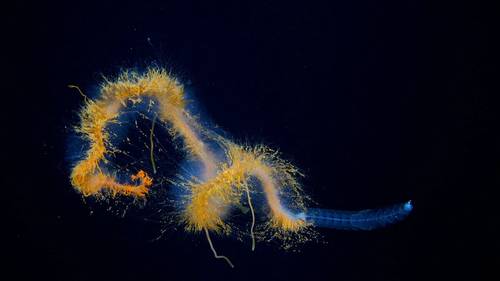
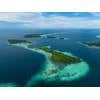
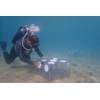
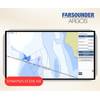
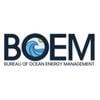
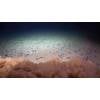







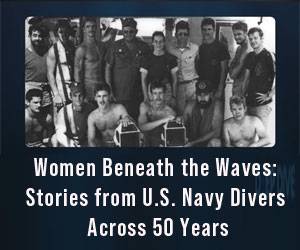
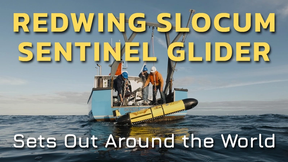
 August 2025
August 2025


